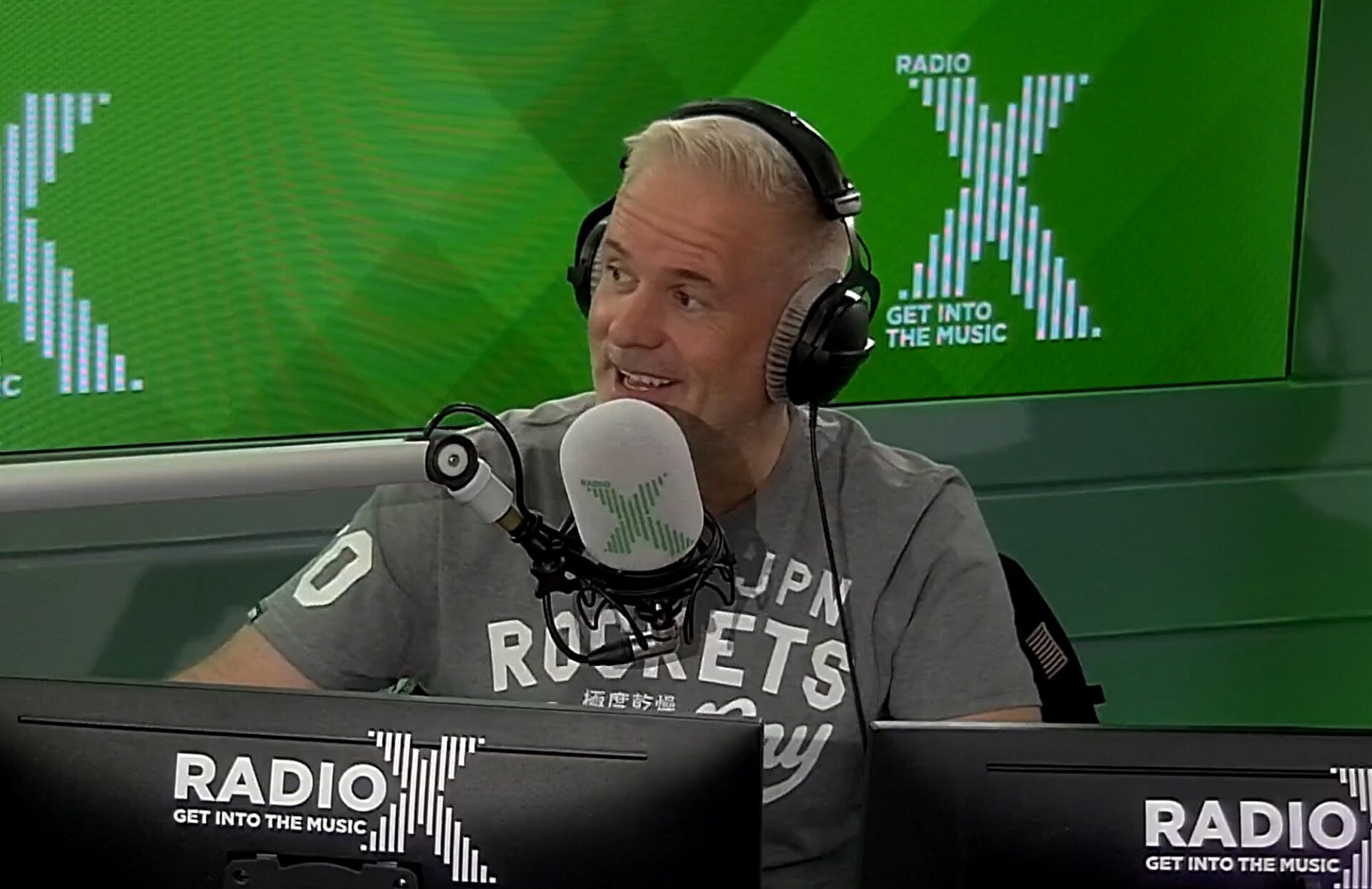Mixed fortune for music radio breakfast shows after listening figures return
It's the first set of figures since the pandemic, with a new way of reporting

The latest figures for the radio industry have been released, revealing a mixed bag of results for some of the country’s biggest stations.
The surveys are carried out by a company called Radio Joint Audience Research (RAJAR), and they had been put on hold due to the pandemic.
This is the first set of data to be released since many people started working from home due to restrictions put in place to prevent the spread of Covid.
Many radio stations saw an increase in figures of listeners tuning in to the breakfast show at home.
Chris Moyles on Radio X saw an increase to more than 1million listeners for the first time since 2015, and Lauren Laverne on BBC 6Music increased from 1.3million to 1.35million.
Amanda Holden and Jamie Theakston on Heart became the most listened-to commercial UK breakfast show with 4.1 million listeners.
Absolute Radio’s Dave Berry saw a small increase to 2.15 million listeners.
Capital Xtra increased to 581,000 for Yinka and Shayna Marie.
The news was less positive for some.
Zoe Ball’s Radio 2 breakfast show dropped from 7.9million listeners a week to 7.2million.
Radio 1’s breakfast show with Greg James reduced from 4.9million to 4.3million, however, they did see an increase in the amount of time people spent listening.
Virgin Radio’s Chris Evans saw his figures drop from 1.1 million to 985,000.
RAJAR has urged caution before comparing the new figures to the past data, as they have made changes in how they collect the data.
Previously, RAJAR information was collected by knocking on doors and asking members of the public to fill in a paper diary, requiring them to correctly remember what they listened to and when.
The door-knocking meant data collection was put on hold for the pandemic.
They now ask members of the public to allow their phone microphone to be used to recognise which radio station they’re listening to and when.
RAJAR also looks at how and where people listen, whether at home or in the car, and how many hours they listen to each station, and the information is released quarterly.
The research also showed a big change in the way many of us listen to radio.
Statistics showed that 18.1 per cent of radio listeners tuned in via apps, websites or smart speakers.
Some 60.2 per cent listen through DAB, and now only 57.3 per cent of the UK listen to analogue radio – AM and FM stations.
There have been many high-profile departures from Radio 1 recently, with Nick Grimshaw and Annie Mac both leaving the station causing a reshuffle of the line-up.
